On April 17 1964 Ford Motor Company pulled the wraps off an affordable, compact sports coupé called the Mustang at the New York World’s Fair.
With its ‘long hood, short rear deck’ proportions and youthful marketing to entice the decade’s baby-boomers, the 1965 (commonly referred to as 1964 ½) Ford Mustang provided the template that was to be the ‘Pony car’ class, inspiring a host of imitators.
The first-generation Mustang used chassis, suspension and drivetrain parts derived from the Ford Falcon and Fairlane to cut costs. Available as a hardtop or convertible, initially five engines were offered - from the entry-level 105bhp 2.8-litre straight-six to the 'K-code' 4.7-litre V8 271bhp halo unit.
Ford sold an astonishing 126,538 Mustangs during that abbreviated model year; the V8s outselling the six-cylinder variant by nearly three to one. Within 18 months, one million models had been built.
In 1965, Ford introduced the neat 2+2 fastback body. The Shelby Mustang GT350 also debuted with a tuned version of the K-code lump – with power up from 271bhp to 306bhp. Available only in fastback body form and in white with blue rocker stripes, 562 units were sold that year.
From 1969 to 1973 many experts proclaimed the Mustang had grown increasingly fat and lazy. The 1973 Mustang was 8.5 inches longer, 6 inches wider and over 270kg heavier than the original. Ford trailblazer Lee Iacocca stated: “The Mustang market never left us, we left it.”
The Mustang II arrived in 1974. Based on the Ford Pinto subcompact, Iacocca wanted the new car to be finished to a high standard. However, the result was a smaller, heftier, slower car that initially was only available in four and six cylinder form.
A 4.9-litre V8 arrived in 1975, but with just 140bhp, it failed to capture the excitement of its predecessor. Despite all this, it sold well - Ford shifted over one million Mustang II examples over four years, a feat put down to “the right car, at the right time” amid high fuel prices and economic uncertainty.
Four years later and the third-generation car was launched. Produced until 1993 and based on Ford’s widely-used Fox platform, it progressed through a number of trim levels and drivetrain combinations during its production life. The GT was revived in 1982 after a 12-year absence and the convertible returned a year later.
By the mid-1980s, Mustang sales were slumping. Ford thought the Mustang had fallen out of favour with customers and looked to replace it with a front-wheel-drive Mazda MX-6 variant. Mustang fans hastily responded with hundreds of thousands of angry letters and Ford swiftly backtracked on the idea, giving the Mustang one more chance and naming the front-wheel-drive version the Probe.






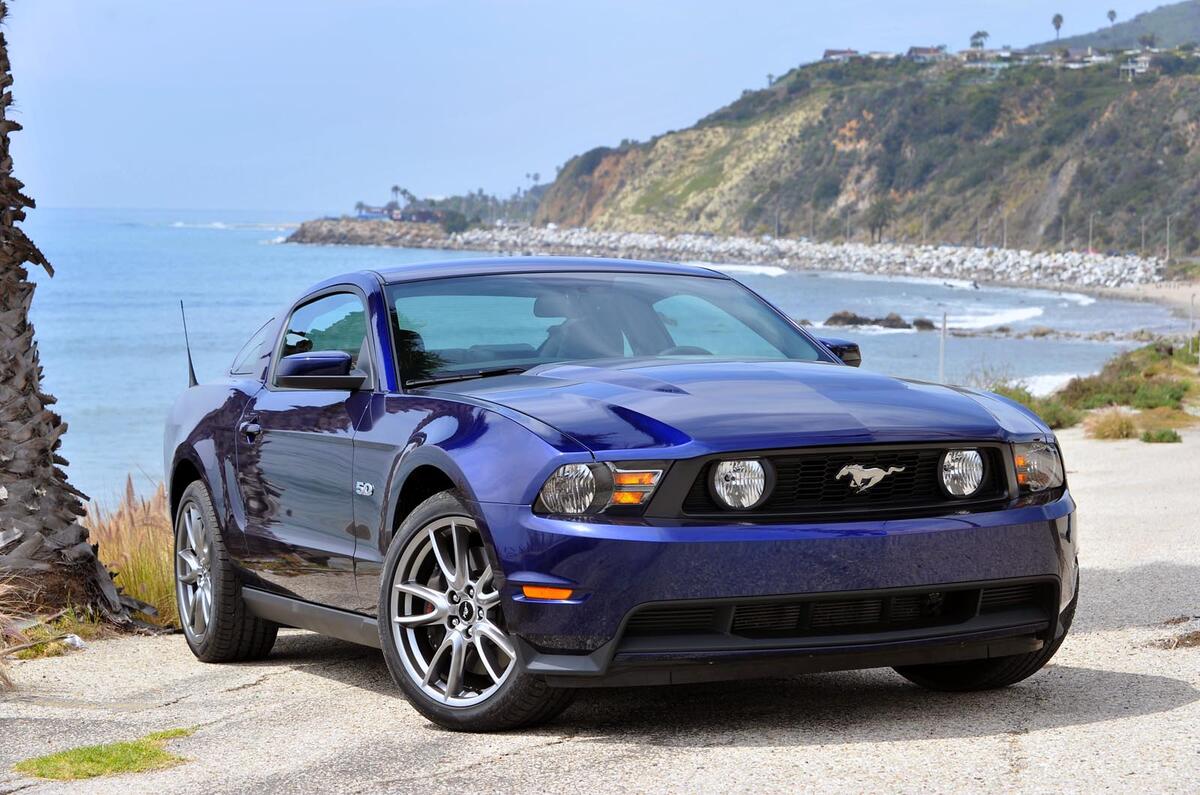





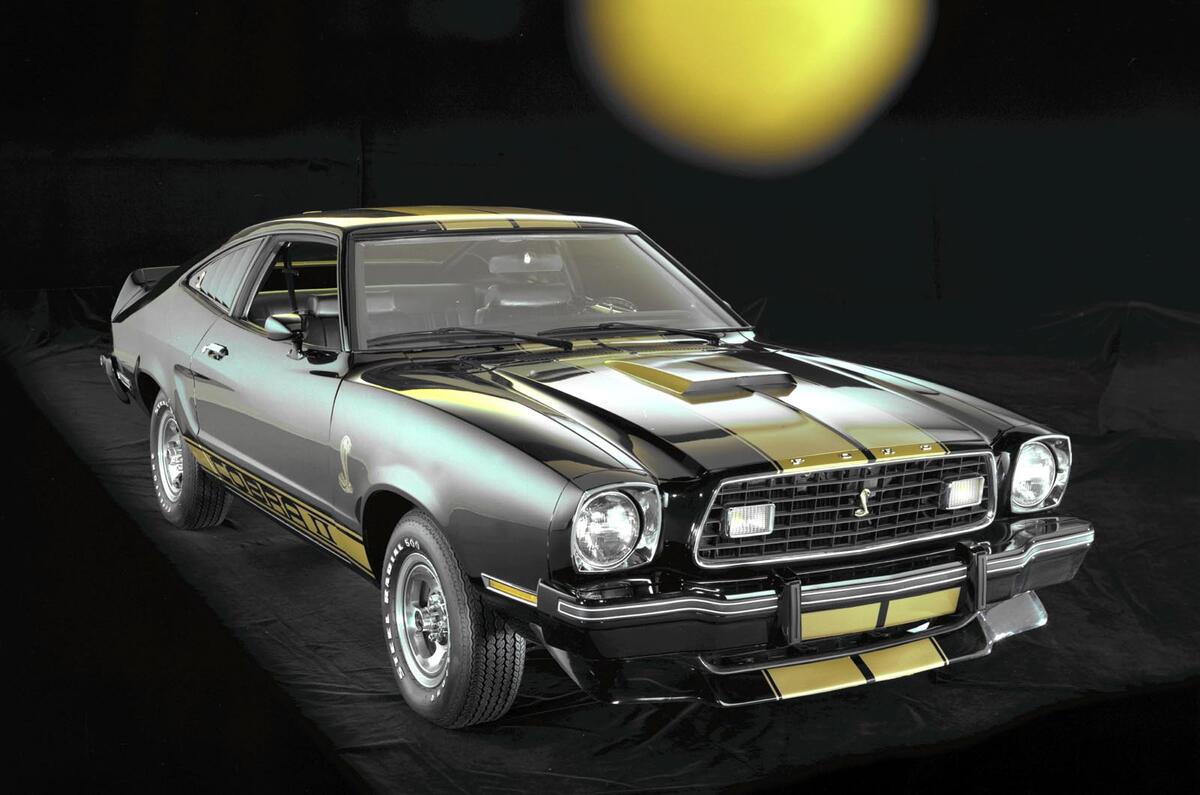


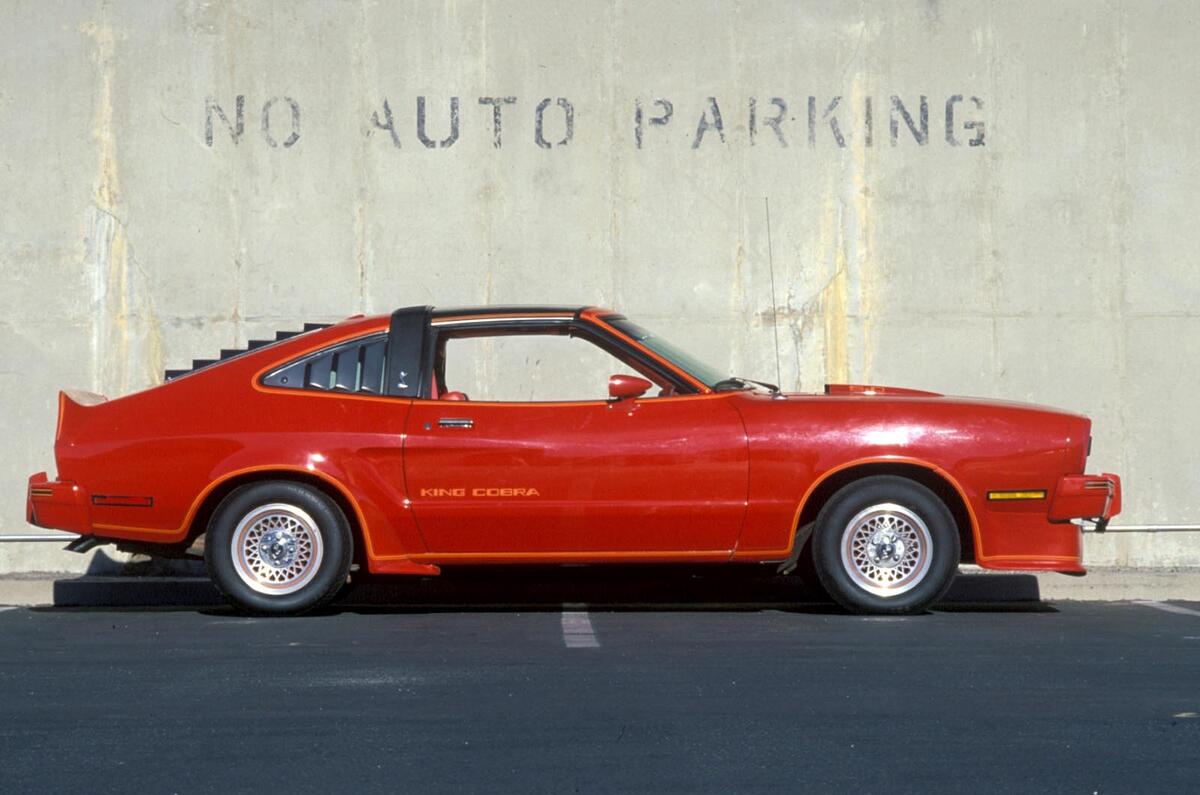









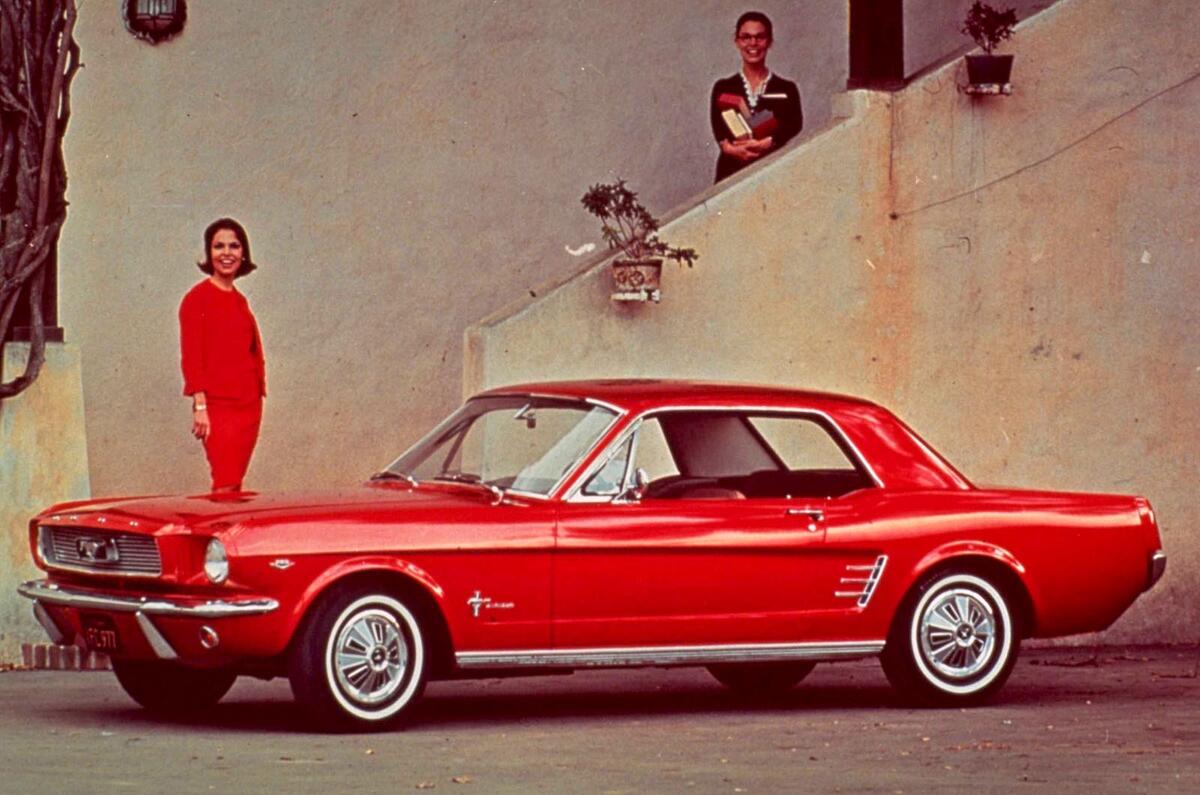
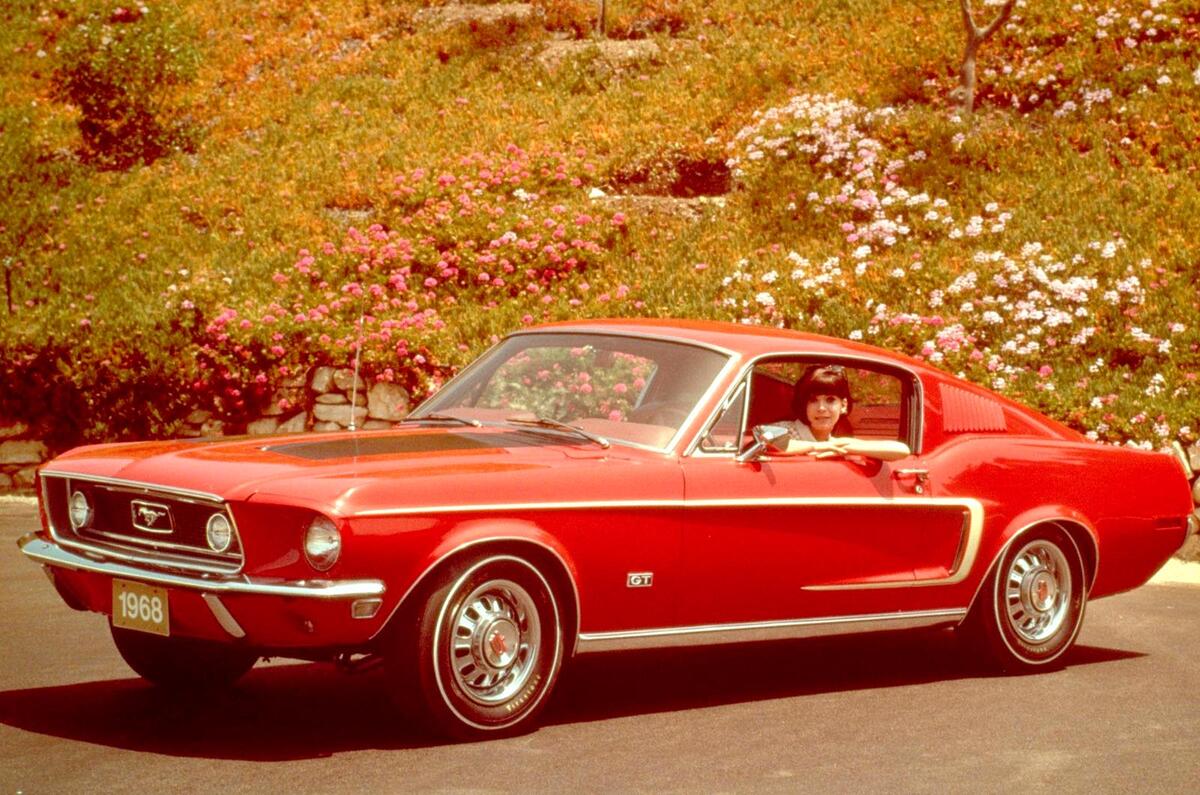


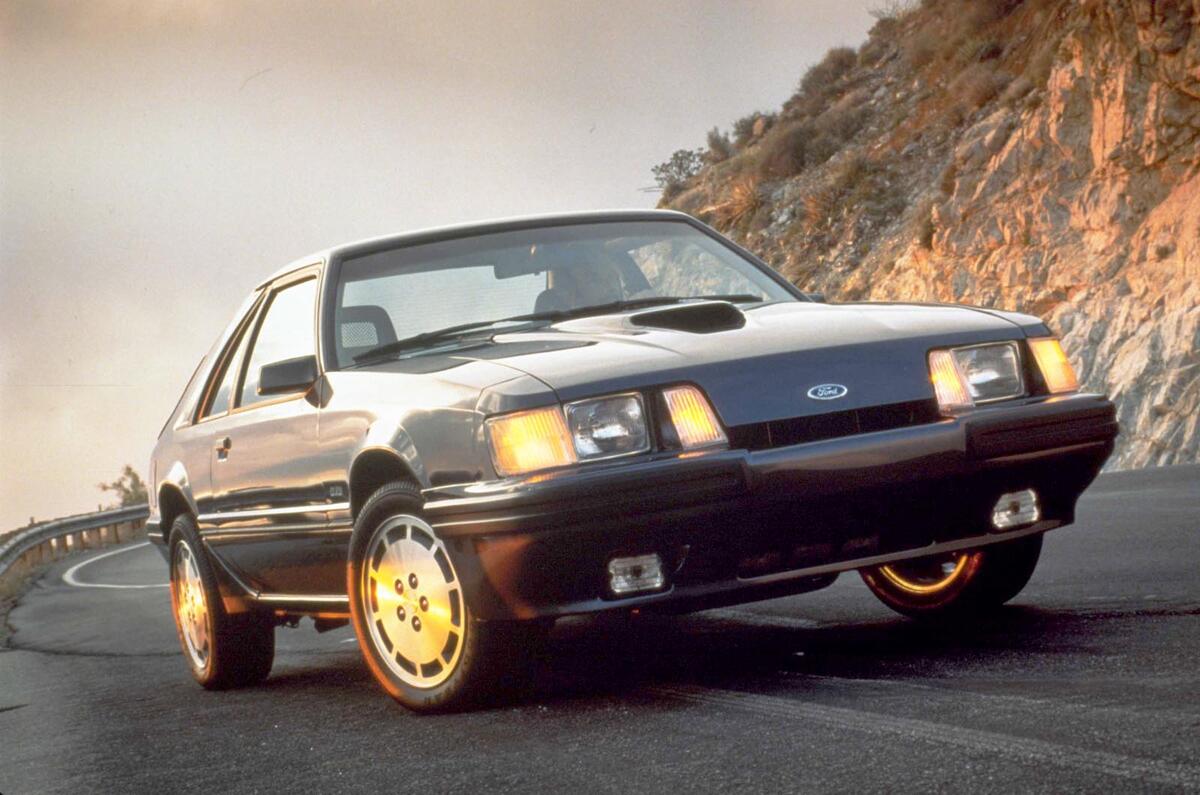






















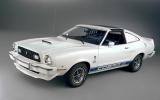




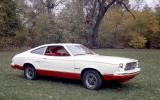










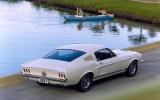












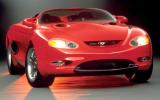








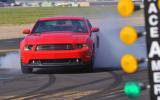






Add your comment